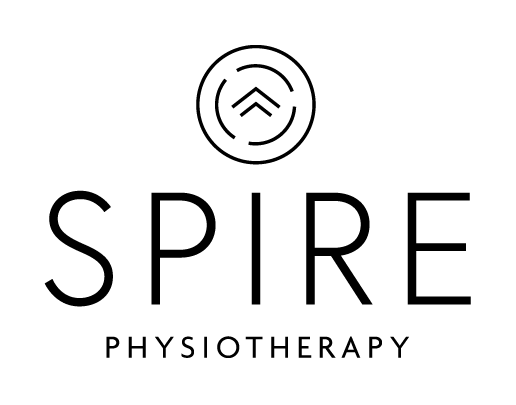IS DEEP PRESSURE NECESSARY FOR AN EFFECTIVE MASSAGE TREATMENT?
Have you heard the phrase “no pain, no gain” used in reference to massages? The belief that deep pressure creates better results has persisted for a long time, but does everyone benefit from deep pressure treatment? Not necessarily. Generally, massage treatments are planned based on health intake, discussion of patient’s goals, and patient preferences. Some patients will arrive at their first massage appointment asking for a deep tissue massage because they were told by a friend that deep pressure is best, but when the treatment starts, they realize that their body is too sensitive to touch, and deep pressure makes them uncomfortable or even tense up more. The result may lead to the patient feeling worse than when they arrived because they spent the treatment tensing against the pressure. Meanwhile, other patients are less sensitive and find the intense sensation that can come with deep pressure to be relaxing and relieving. So, let’s discuss the benefits of both deep pressure and light pressure in massage therapy to see which is the best fit for you.
Light pressure massage provides gentle techniques with minimal pressure on the body. Light pressure massages are often used for lymphatic stimulation. The gentle techniques aim to calm the nervous system with long flowing strokes, and slow movements. Light pressure massages may help reduce minor muscle tension. The rhythmic motions may enhance blood flow, and lymphatic circulations. Light pressure is often for patients who are new to massage therapy or who prefer a gentler touch. Even with light pressure massages, therapists can tailor the treatment to address specific areas of tension and discomfort.
The deep pressure approach goes beyond surface-level relaxation, targeting deep layers of muscle and connective tissue to address chronic tension, pain, and stiffness. Unlike lighter massages that primarily affect superficial layers, deep tissue massages use firm pressure and controlled strokes along the muscle fibers to help breakdown adhesions and trigger points that can contribute to pain, inflammation, and restricted range of motion. Patients who are looking for management from chronic pain, repetitive strain injuries and muscle spasms may benefit from deep pressure massage. It is important to note that it’s common to experience mild soreness or discomfort after a deep pressure massage, similar to the sensation after a strenuous workout. This discomfort typically resolves within a day or two.
There’s no specific formula used when treating a massage therapy patient. Each treatment is individualized based on the patient's medical history, injury history, personal health goals, physical differences, and their comfort and preference. It is important to remember that you have the right to adjust or change the treatment at any time during the appointment, and never hesitate to speak up when something doesn't feel right for you. As practitioners, we rely on patient feedback during the treatment to provide the most comfortable and effective treatment whether it’s deep pressure, light pressure, or a combination of both based on their needs. Our main goal is for patients to leave the appointment with less tension and stress in order to lead a pain-free, active lifestyle that brings them joy.




